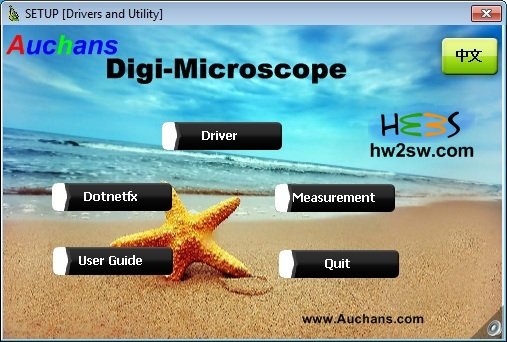
Thank you for Purchasing our $10-1000X Digital Microscope, it is a. Pls purchase Depstech USB to USB-C/ Mi cro USB adapters, download 'Depstech. Welcome to the InstallShield Wizard for COOLING TECH SOFTWARE R&D.
Cheap USB microscope on test • • February 15, 2014 •, • When electronics gets smaller and smaller, you first need a magnifier and sometimes a microscope. There are s like one I used in my article. The downside of traditional microscopes and those cheap small pocket microscopes is that you have to stay curved over the target sample to use them. And microscopes are also a quite annoying when you use glasses normally.
In some cases using can be used to look at the small details, but it has also has limitations. A microscope that displays the image on a computer screen makes is a big plus over traditional optical microscopes.
This kind of microscopes used to be expensive years ago, but nowadays they much cheaper. Rod ellis the study of second language acquisition pdf printer free. So cheap that I tried on less than 25 USD product to see if it were of any use in electronics hacking.
This microscope was a very easy to use tool stating from installation. This USB microscope looks to computer as generic USB 2.0 webcam that is already supported on most operating systems without any extra drivers (the device comes with driver and software CD but you don’t need necessarily install them). Worked well without drivers on Windows Vista and Windows 7 PCs. According to this should be (I have not verified this). When I plugged in the microscope, I was ready to view the results with any existing software that can show pictures/videos from webcam.
This microscope has very handy light and focus adjustments, making it really quick to view anything. The microscope an easily focused to different distances. If could even be focused to objects around one meter a way, which means could work as sort of webcam. I could say that this USB microscope is basically just the same hardware as used in cheap webcams, just a little bit different optics and illumination LEDs added. The microscope comes with a stand, and can be used with the stand or without it. The plastic stand feels a little “unsturdy”, but it does its job acceptably in most of the time, but sometimes I would hope it to be more stable.
Ok photo quality considering the resolution is only 300KP (640 x 480), which is not very much. The unit comes with a plastic ruler for calibrating the size of the viewed objects and the software for windows which comes with it allows you to measure the ruler and set a scale for pixes x mm, so you are able to measure the real size of the viewed objects at a given focus. I tested the microscope with the Cooling Tech software that comes on the product CD and it works well. Another good software that works with this microscope is. Both software allow viewing and measuring. Here are some example pictures that are close-ups of electronics. The first picture shows a small SMD LED in details: The seconds one shows what is inside a power transistor: Besides looking at the electronics in details, this microscope can also be used as a cheap to look at fiber optic connectors. I would recommend if you’re looking for one that is as cheap as possible.
It provides good value for money. If you are prepared to spend a little bit more money, it would also be a good idea to also look better resolution (it seems that yo would get much higher resolution if you are prepared to pay double the price). I had to uninstall CoolTech’s own software that came on a minicd disc.
Then with the software disc in the cd player Windows found the necessary drivers when I plugged the microscope to an usb port. Yawcam serves well for presenting whatever you want to visualize and the quality of pictures is quite good in comparison with the prize. Hopefully the manufacturer pays more attention to the quality of the software.
Obviously there was also some conflict with Windows 7 OS environment. So far I’m pleased with my purchase.
The remarkable evolution of modern fiber-optic connector inspection probes It’s mid-2017 and nearly everyone is aware that the information technology world encircling us is simultaneously getting both faster and denser. Bits of data are flying through optical network links at rates of 100 billion bits per second and higher, and the feature sizes in the network processor chips at the ends of these network links continue to shrink, as roughly and famously predicted by Gordon Moore. Multifiber connectors such as MPO, MT, and MXC are putting more and more less-than-human-hair diameter glass fibers into tighter spaces.